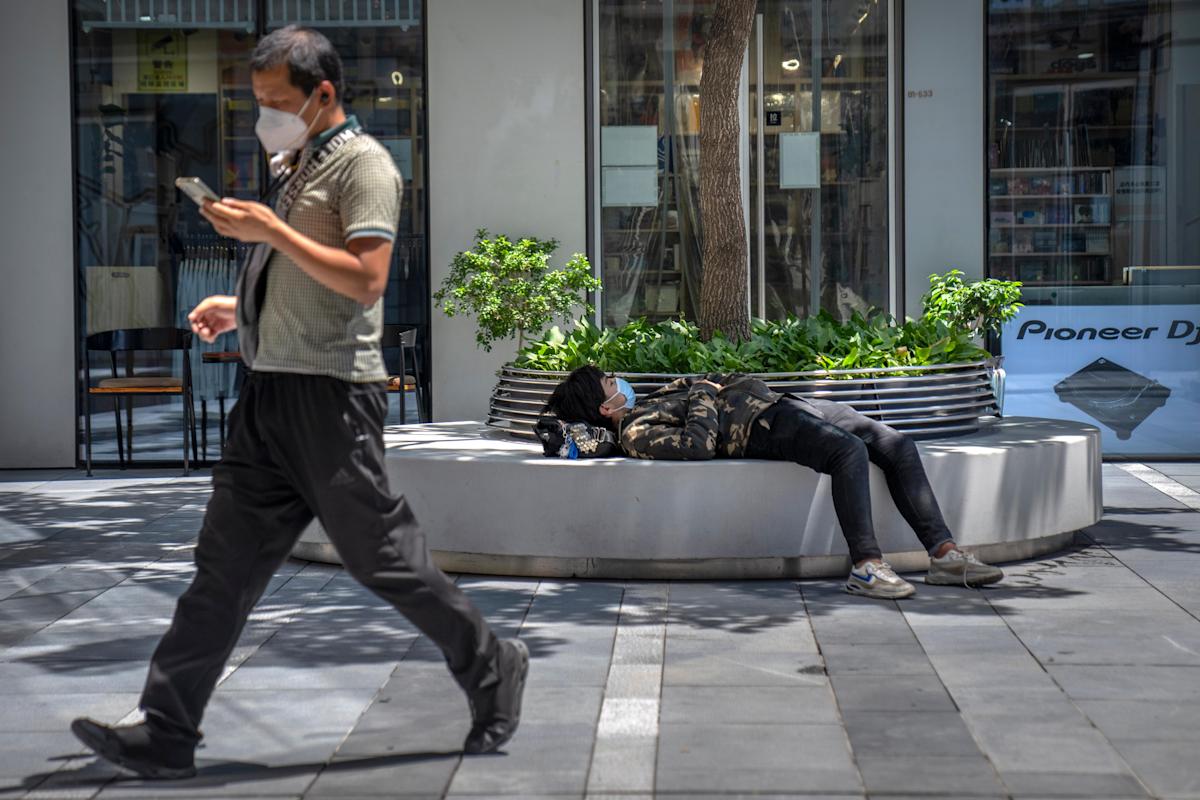
SHANGHAI (AP) — Traffic, pedestrians and joggers reappeared on the streets of Shanghai on Wednesday as China’s largest city began returning to normalcy after a strict two-month COVID-19 lockdown that drew unusual protests over its heavy-handed implementation.
Shanghai’s Communist Party committee, the city’s most powerful political body, issued a letter online proclaiming the lockdown’s success and thanking citizens for their “support and contributions.” That came amid a steady rollback in compulsory measures that have upended daily life for millions while severely disrupting the economy and global supply chains. Government officials in recent days appeared ready to accelerate the gradual easing of restrictions.
While defending President and Communist Party chief Xi Jinping’s hardline “zero-COVID policy,” the country’s leadership appears to be acknowledging the public backlash against measures seen as trampling already severely limited rights to privacy and participation in the workings of government.
In one such step, the Cabinet’s Joint Prevention and Control Mechanism issued a circular Tuesday laying out rules banning “non-standard, simple and rude indoor disinfection” by mostly untrained teams in Shanghai and elsewhere that have left homes damaged and led to reports of property theft.
Full bus and subway service in Shanghai was being restored from Wednesday, with rail connections with the rest of China to follow. Still, more than half a million people in the city of 25 million remain under lockdown or in designated control zones because virus cases are still being detected.
The government says all restrictions will be gradually lifted, but local neighborhood committees still wield considerable power to implement sometimes conflicting and arbitrary policies. Negative PCR tests for COVID-19 taken within the previous 48 hours also remain standard in Shanghai, Beijing and elsewhere for permission to enter public venues.
That measure didn’t deter people in Shanghai from gathering outside to eat and drink under the watch of police deployed to discourage large crowds from forming.
Cao Yue, who works in the hard-hit travel industry, said she was glad to see “many happy people around me on the street.”
Cao said the past two months under lockdown was a depressing experience.
“At the beginning of the lockdown I felt hard in my heart because I didn’t know what to do and it was difficult to buy food at the beginning,” she said. “It was quite depressing to be locked at home and see the whole Shanghai under lockdown.”
Lu Kexin, a high school senior visiting the famed riverside Bund district for the first time since late March, said she went crazy being trapped at home for so long. “I’m very happy, extremely happy, all the way, too happy,” she said.
Schools will partially reopen on a voluntary basis, and shopping malls, supermarkets, convenience stores and drug stores will reopen gradually at no more than 75% of their total capacity. Cinemas and gyms will remain closed.
Health authorities on Wednesday reported just 15 new cases of COVID-19 in Shanghai, down from a record high of around 20,000 daily cases in April.
A few malls and markets have reopened, and some residents have been given passes allowing them out for a few hours at a time.
The lockdown has prompted an exodus of Chinese and foreign residents, with crowds forming outside the city’s Hongqiao Railway Station, where only some train service had been resumed.
Even while the rest of the world has opened up, China has stuck to “zero-COVID,” which requires lockdowns, mass testing and isolation at centralized facilities of anyone who is infected or has been in contact with someone who has tested positive.
The country’s borders also remain largely closed and the government has upped requirements for the issuance of passports and permission to travel abroad.




